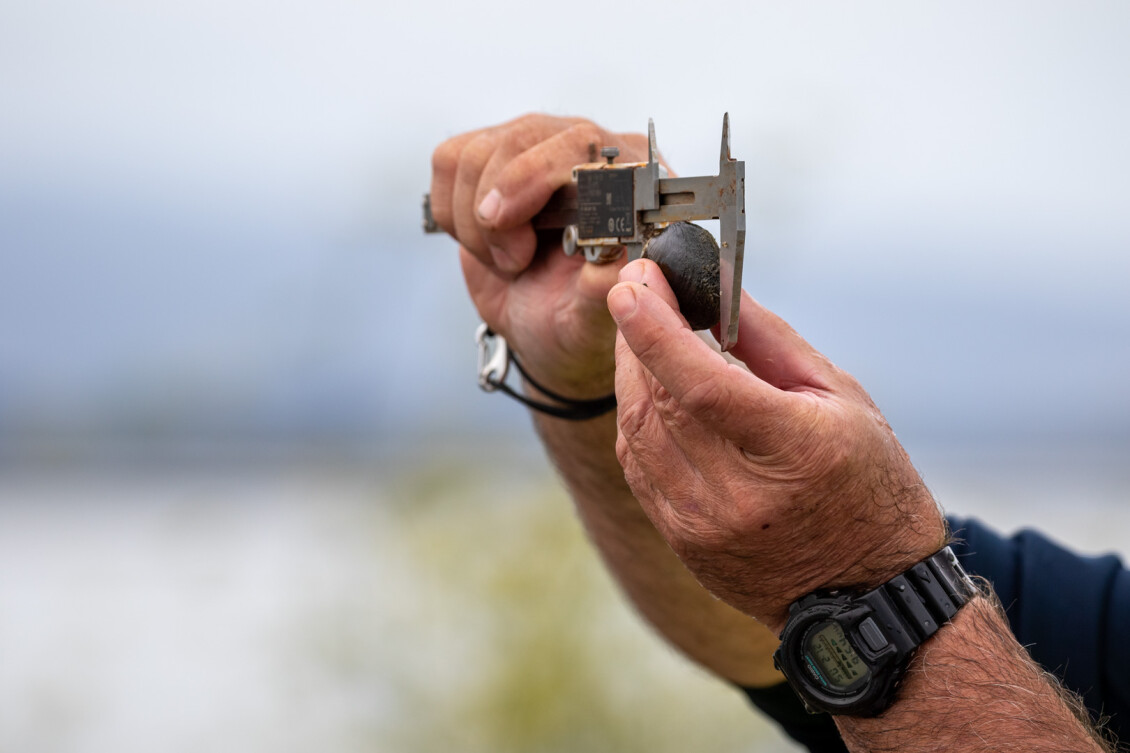In survival mode: 10 years of citizen science shows struggling Kākahi population
A decade of citizen science has been analysed by experts, and the call to action is clear: urgent environmental restoration is needed to save kākahi (freshwater mussels) living in the shallows of Wairarapa Moana.
Marine and freshwater ecologist Mark Fenwick from the National Institute of Water and Atmospheric Research (NIWA) says the absence of juvenile kākahi from the moana population indicates the endemic shellfish is failing to reproduce.
“Kākahi are struggling in the current environment; they are in survival mode. High sediment levels and poor water quality means all their energy is going into staying alive,” Fenwick says.
“There are also other factors at play, such as the host fish the kākahi rely on to complete their lifecycle, and the barriers they face when migrating through Wairarapa waterways.”
2024 marks 10 years of the annual ‘Kākahi Count’ hosted by the Wairarapa Moana Wetlands Project, when passionate locals come together to monitor kākahi size and numbers.
Two recent reports commissioned by the Wairarapa Moana Wetlands Project recommend regular monitoring of host fish and improving water quality through large-scale restoration.
Greater Wellington and NIWA’s scientists use the data to understand how environmental conditions are impacting the kākahi population, and what needs to be done to save it.
“We have an opportunity now to reflect and rethink,” Fenwick says. “The reality is, if we fail to act, we fail our endemic species.”
The Wairarapa community is invited to learn more about the research and discuss efforts to save the kākahi at the upcoming ‘Let’s talk Kākahi’ event held in the Featherston ANZAC Hall at 6pm on Thursday 5 September.
Greater Wellington biodiversity advisor Sarah-Jane Jensen says the public will also be able to speak directly with experts about the monitoring.
“Long term population monitoring of Kākahi – particularly through times of environmental change – is rare and incredibly valuable for other freshwater conservation initiatives across the country,” Jensen says.
“Our partners and volunteers are committed to this Kaupapa, and the ‘Let’s talk Kākahi’ event is an opportunity to celebrate their dedication, understand the trends in the data, and kōrero about what’s next.”
Anyone who is interested in freshwater conservation or connected to the Wairarapa Moana is encouraged to register for the free event through Eventfinda.

Get in touch
- Phone:
- 0800 496 734
- Email:
- info@gw.govt.nz
